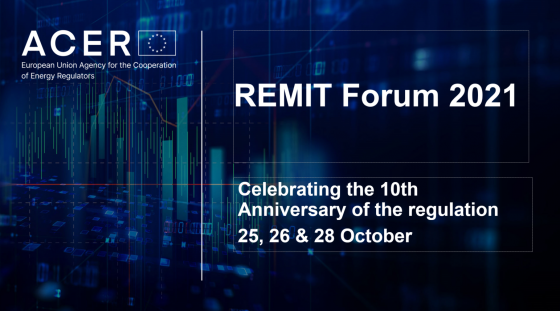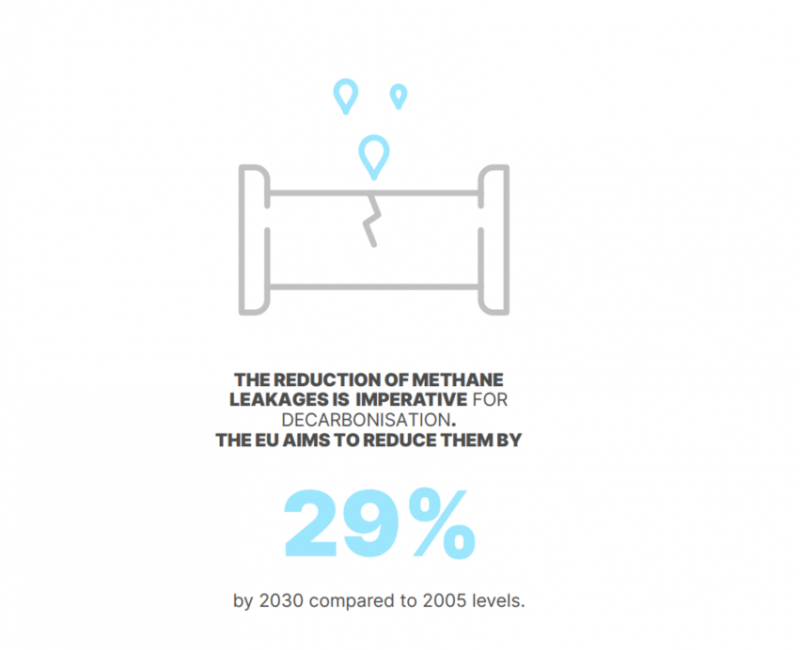ACER publishes a methodological study to measure barriers to efficient price formation and easy market entry in EU electricity wholesale markets

ACER publishes a methodological study to measure barriers to efficient price formation and easy market entry in EU electricity wholesale markets
What is it about?
The EU Agency for the Cooperation of Energy Regulators (ACER) publishes today a methodological study to measure barriers to efficient price formation and easy market entry and participation for new and small players in the EU electricity wholesale markets. The study proposes a set of indicators and a methodology that will enable ACER to fulfil more effectively its new monitoring responsibilities set by the Clean Energy Package.
In particular, the study defines more than 70 indicators to be progressively included in future editions of the yearly ACER Market Monitoring Report (MMR) - Electricity Wholesale Market Volume. This will provide a comprehensive picture of the relative performance of the EU Member States in terms of efficient price formation and easy market entry and participation for new entrants and small actors.
The report describes:
-
13 barriers to efficient price formation and nine barriers to easy market entry and participation for new entrants and small actors.
-
More than 70 qualitative and quantitative indicators to measure these barriers.
-
The methodology to combine these indicators and create two composite indicators:
-
ACER index on efficient price formation
-
ACER index on easy market entry for new players and small actors
-
-
A pilot study conducted to test the data collection process, as well as the robustness of the composite indicators´ calculation tool.
The study has been conducted with the support of the consultancy DNV. Relevant inputs have also been collected from the National Regulatory Authorities (NRAs) and a wide range of stakeholders through a public consultation and a set of interviews.
ACER aims to enhance this methodology over the years by adapting some barriers and indicators proposed in the study and including new ones, as the market develops.
Access the study and read more about its main findings.
Background information
Following the adoption of the Clean Energy Package, ACER has expanded the scope of its monitoring activities. Among the others, ACER is required to monitor state interventions preventing prices from reflecting actual scarcity and regulatory barriers for new market entrants and smaller actors.
Furthermore, ACER is legally required to identify and report any barriers to the completion of the internal markets for electricity and natural gas. In order to fulfil this requirement, ACER produces an annual Market Monitoring Report. Its objective is to assess the functioning of the Internal Energy Market and to show how energy markets can work more efficiently.
The Market Monitoring Report comprises of three different volumes on the Electricity Wholesale Market, the Gas Wholesale Market, and the Retail Markets & Consumer Protection.
Save the Date: The 2020 edition of the Electricity Wholesale Market and Retail Markets & Consumer Protection Volumes are upcoming in November 2021. Sign up to our Infoflash newsletter not to miss them.








